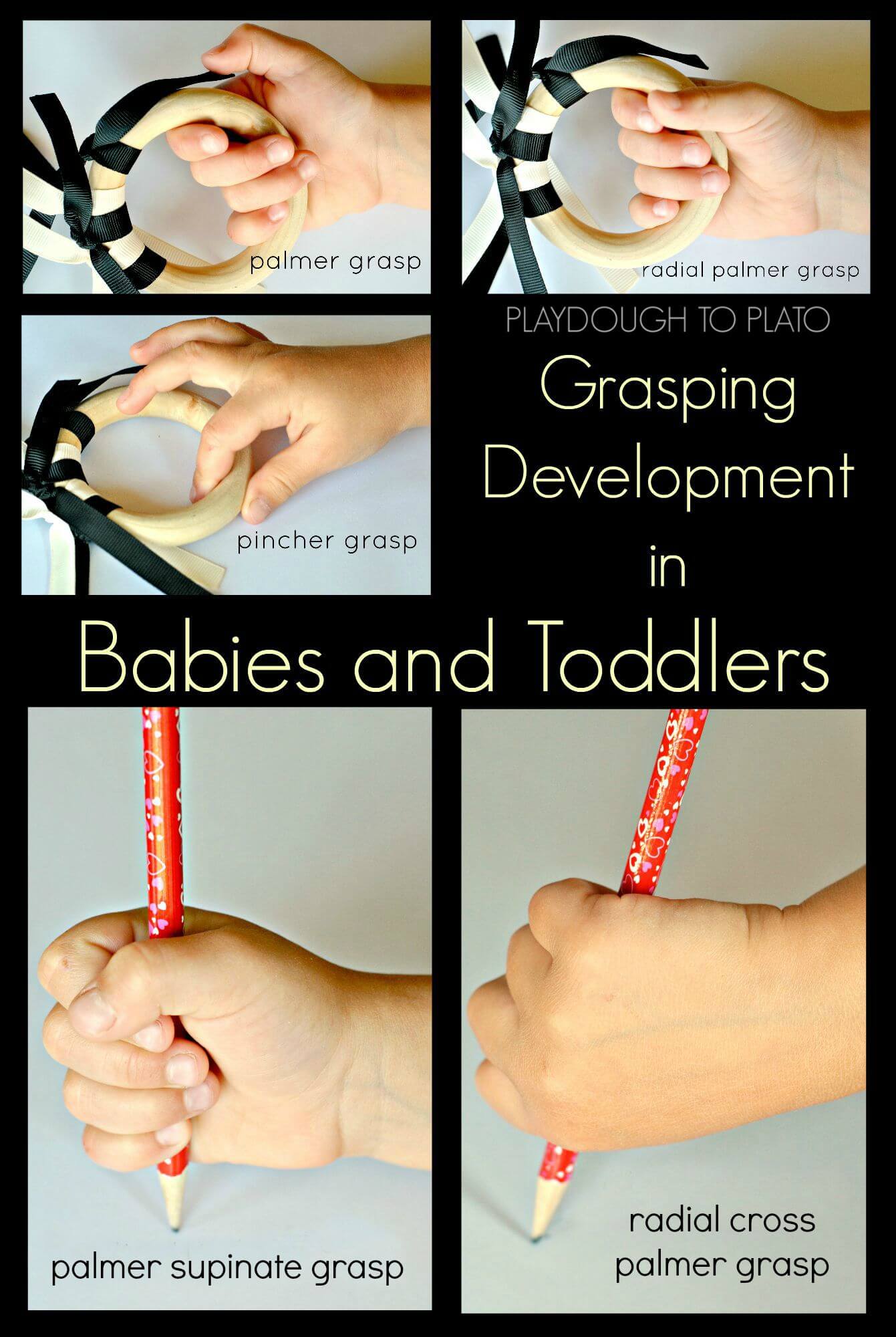 Source: bing.com
Source: bing.comTable of Contents
The Importance of Baby Grasp Development
As a parent or caregiver, you’ve probably witnessed the wonder and amazement of watching a baby learn to hold and manipulate objects. From that first grasping reflex to the intentional reach-and-grab, a baby’s grasp development is a crucial part of their physical and cognitive growth.Not only does grasp development help babies explore their environment, but it is also linked to the development of fine motor skills, hand-eye coordination, and even language skills. As babies learn to grasp objects, they are also learning about cause-and-effect, texture, weight, and spatial relationships. So, what are the different stages of baby grasp development, and how can you support your baby’s progress?
The Stages of Baby Grasp Development
Reflex Grasp
Babies are born with a reflex grasp, which means that when an object touches the palm of their hand, their fingers will automatically curl around it. This reflex typically disappears by around four months of age.
Palmar Grasp
Around three to four months old, babies develop the ability to intentionally grasp objects with their entire hand. This is known as a palmar grasp and is typically used for holding larger objects such as rattles or toys.
Pincer Grasp
Between six and nine months of age, babies develop the pincer grasp, which involves using the thumb and index finger to pick up smaller objects such as Cheerios or small blocks. This grasp is important for fine motor development and is a precursor to more complex hand movements.
Neat Pincer Grasp
Around nine months old, babies will develop the neat pincer grasp, which involves using the tips of the thumb and index finger to pick up very small objects such as grains of rice or small beads. This grasp requires more fine motor control and coordination.
How to Support Your Baby’s Grasp Development
There are many simple ways you can support your baby’s grasp development at each stage:
- Provide different types of objects with varying textures, shapes, and weights for your baby to explore.
- Encourage your baby to reach for and grasp objects by placing them just out of reach.
- Offer toys that are appropriate for your baby’s stage of development, such as larger rattles for the palmar grasp stage and smaller blocks for the pincer grasp stage.
- Place toys within your baby’s line of sight to encourage hand-eye coordination.
- Offer plenty of tummy time to strengthen your baby’s neck and upper body muscles, which are important for reaching and grasping.
- Play games like peek-a-boo and pat-a-cake that involve hand movements and encourage social interaction.
FAQs About Baby Grasp Development
When should a baby start to grasp objects?
Babies are born with a reflex grasp but typically begin to intentionally grasp objects around three to four months of age.
What is the pincer grasp?
The pincer grasp is a developmental milestone in which a baby uses their thumb and index finger to pick up smaller objects.
What can I do to support my baby’s grasp development?
Offer a variety of objects with different textures and shapes, encourage reaching and grasping, provide appropriate toys for your baby’s developmental stage, and play games that involve hand movements and social interaction.
Is grasp development important for my baby’s overall development?
Yes, grasp development is linked to the development of fine motor skills, hand-eye coordination, and even language skills. It is also important for babies to explore their environment and learn about cause-and-effect, texture, weight, and spatial relationships.
What if my baby seems to be having difficulty with grasp development?
If you have concerns about your baby’s grasp development, talk to your pediatrician. They can evaluate your baby’s development and provide recommendations for additional support or intervention if needed.As you watch your baby grow and develop, it’s important to remember that each child develops at their own pace. With patience, love, and plenty of opportunities to explore and play, your baby will be grasping and manipulating objects like a pro in no time!
